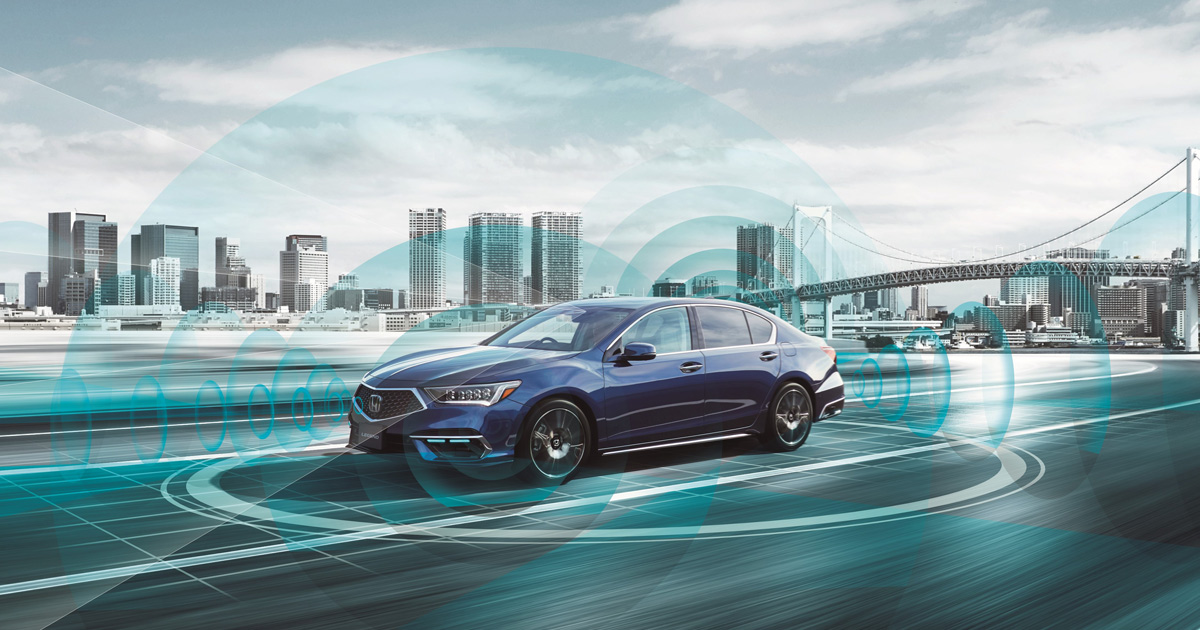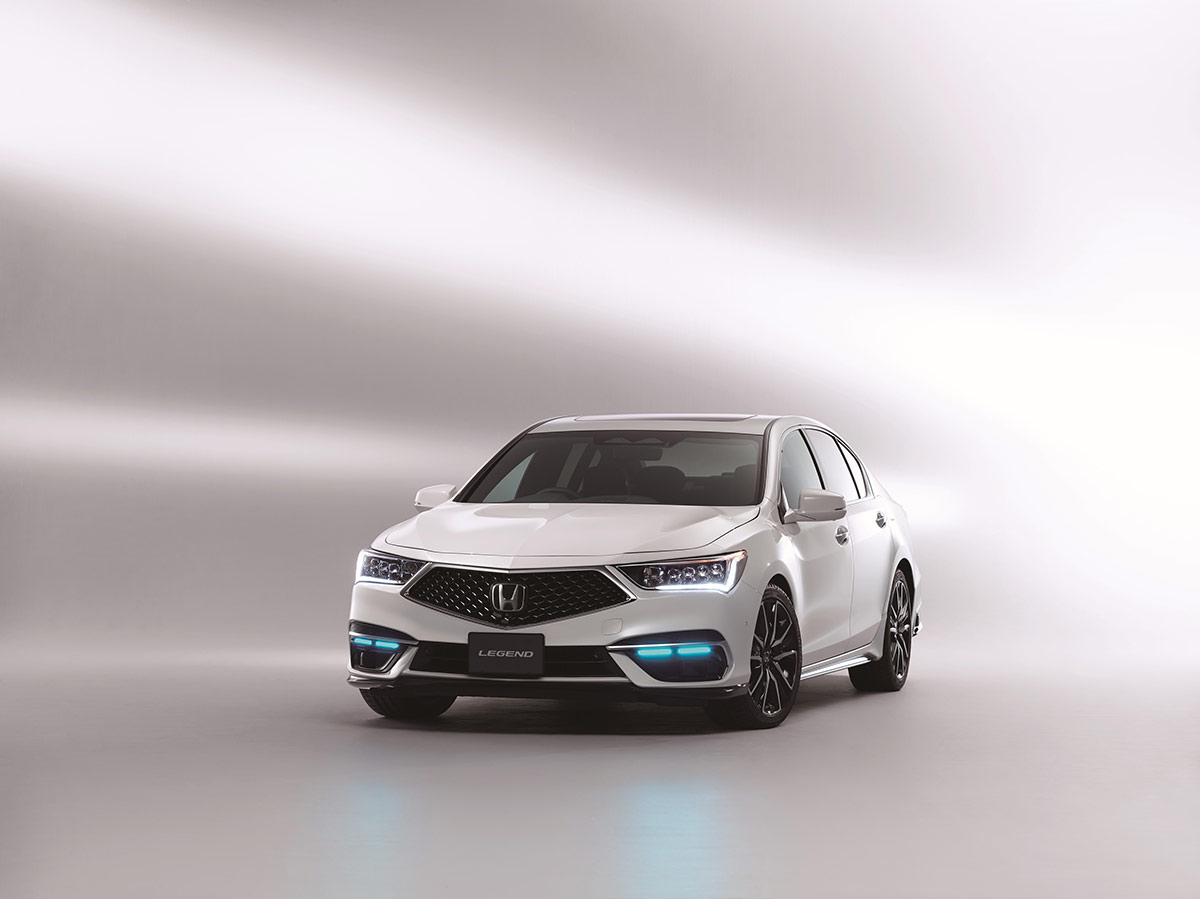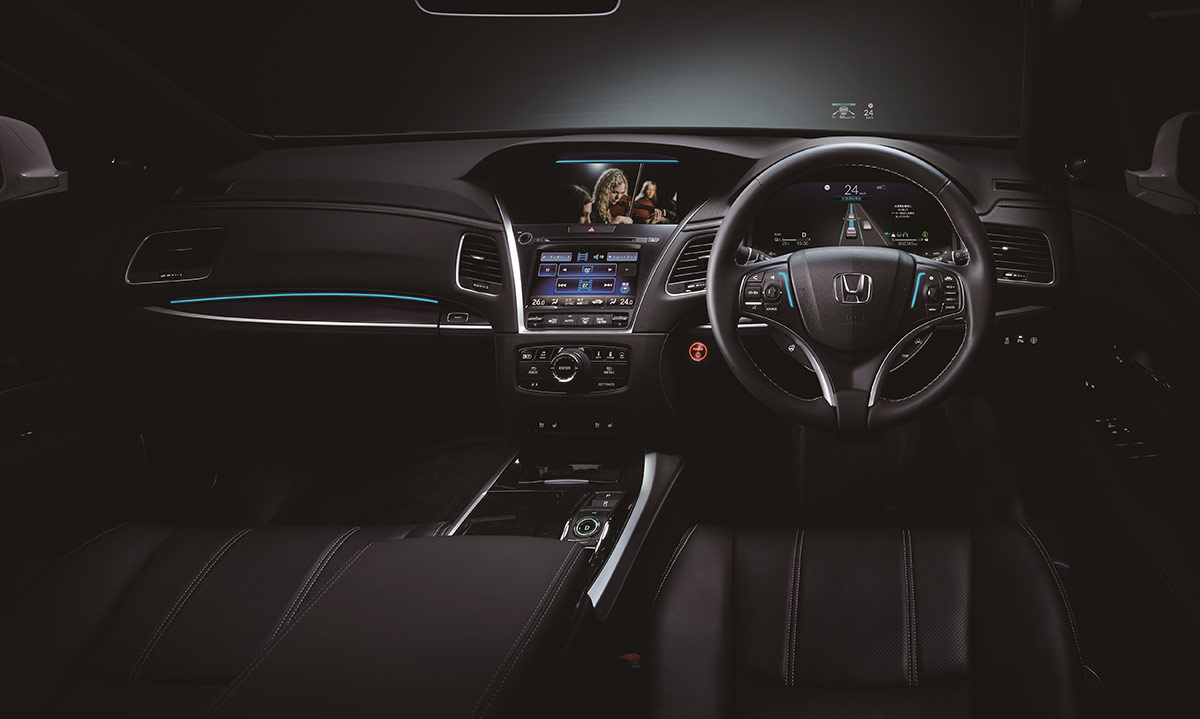Honda Launches World’s First Level 3 Self-Driving Car
Share



Honda has launched a partly self-driving small batch of its flagship Legend sedan in Japan, becoming the first carmaker in the world to market a vehicle fitted with the latest, approved level 3 automation technology. This sets the stage for the auto industry to ramp up efforts to commercialize such automation for passenger cars.
Honda is the first company to bring level 3 autonomous vehicles to market, but deliveries of the Legend sedan will be limited to 100 units in Japan, with a retail price of 11 million yen ($102,000). As major rivals strive for fully autonomous cars in the future, this is a significant advancement in self-driving technology for Japanese carmakers.

“Most accidents involve human error, and driving will be more exciting if we can mitigate the driver’s fatigue and stress,” Yoichi Sugimoto, who oversees driver assistance technology at Honda R&D, told reporters. “We aim to reduce the driving burden. … We are entering a new stage of Honda Sensing,” he added, referring to Honda’s driving assistance technology.
According to the Automotive Engineering Society and most automakers, there are various degrees of automation at levels 0 to 5. The popular Tesla Pilot is based on level 2 of autonomy. Level 3, also known as conditional driving automation, entails automatic features that enable drivers to engage in activities such as watching movies or using smartphones while their car navigates expressway traffic but only under certain circumstances.

Honda’s level 3 “Traffic Jam Pilot” is a safety certification system awarded by the Japanese government that can monitor accelerating, braking, and steering in certain conditions. For vehicle guidance, the device uses data from three-dimensional high-definition maps and a global navigation satellite system, as well as a dozen external sensors to track the car’s surroundings.

When the system is turned on, a driver can watch movies or use the navigation system on the phone, which helps to reduce exhaustion and discomfort when driving in traffic, according to Honda. The carmaker claims that it will use vibrations on the driver’s seatbelt to warn the driver to act while handing over control. If the driver is inactive, the system can help to avoid the emergency as the vehicle is decelerated and stopped by alerting surrounding vehicles with hazard lights and horns.
Besides, there are several other safety and driver-assistive technologies like Collision Mitigation Braking System, Lane-keeping Assist System, Road Departure Mitigation System, Adaptive Cruise Control, Traffic Sign Recognition, Blind Spot Information System, and Cross Traffic Monitor System.












